Everyone knows that you need light to read, and a good light at that. Natural daylight is our best light source and I’m sure I’m not alone when I take a food or medicine packet to a window to read the instructions.
But what is less well known is how the amount of light we need changes as our eyes get older. As our eyes change the lens absorbs more light before it can reach our retina, and our pupil diameter reduces therefore letting less light in in the first place. Once we’re in our seventies, or older, we need WAY more light than we used to.
Because I perform eye examinations in people’s homes, I can see exactly how much light is available. I carry a battery powered LED lamp with me to demonstrate how a good direct task light can help with reading. And my clients are always surprised by how much easier they can read compared to their normal uplighter or table lamp.
So, what light to buy? Well, it doesn’t have to be one of those expensive ones that advertise in the back of Sunday supplements! Just an average bare bulb lamp, like a desk lamp, with a bright LED lightbulb and a neck that you can angle close to your book or paper. Floor standing lamps are great as they can be positioned behind your usual chair – but the bulb has to be as close to your reading material as possible.
Those “mother and child” lamps that have an uplighter at the top and a reading arm coming out the side are great.
For more information or to find out if you qualify for a visit from a home visiting optician call 0141 611 9696.
I look forward to seeing you soon.
Ann
Principal Optometrist at McBay Mobile Opticians
